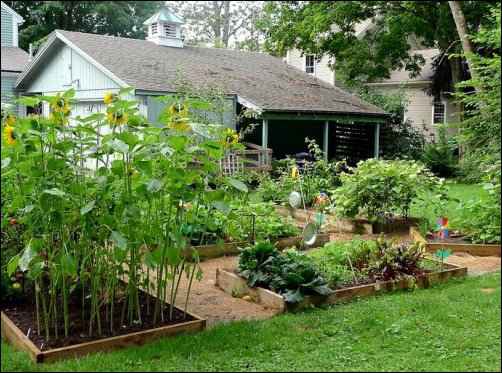Starting a homestead on a 15-acre plot is a dream for many aspiring farmers and self-sufficiency enthusiasts. However, understanding the start-up costs involved is crucial to turning this dream into a reality. This guide will provide a detailed cost estimate for setting up a homestead on a 15-acre property, ensuring you are well-prepared for the financial journey ahead.

Understanding the Basics of Homesteading
Homesteading is more than just farming; it’s a lifestyle choice focused on self-sufficiency, sustainability, and living off the land. Whether you’re interested in raising livestock, growing your own food, or living a simpler life, a 15-acre homestead offers ample opportunities.
Initial Land Purchase Costs
The first step in your homesteading journey is acquiring the land. The cost of purchasing 15 acres can vary significantly based on location, land quality, and existing infrastructure. On average, prices can range from $3,000 to $10,000 per acre, making the initial investment anywhere from $45,000 to $150,000.
For more information on choosing the right land, check out this guide on land selection.
Developing Your Land
Once you’ve secured your land, you’ll need to prepare it for homesteading. This includes clearing areas for farming, building necessary structures, and ensuring water and energy access. Costs for land development can add up to $20,000 to $50,000, depending on the extent of improvements needed.
Building Infrastructure
Infrastructure is key to a successful homestead. You’ll need to consider the cost of building a house, barns, and other necessary structures.
Constructing a Homestead House
The cost of building a home on your homestead can vary. A modest home might cost between $100,000 and $200,000, depending on size, materials, and finishes.
Additional Structures
Barns, storage sheds, and greenhouses are essential. Budgeting around $20,000 to $50,000 for these additional structures is a good starting point.
Essential Homesteading Equipment
To operate a successful 15-acre homestead, you’ll need equipment like tractors, plows, and irrigation systems. Investing in quality equipment can cost between $10,000 and $50,000.
For tips on improving your homestead’s productivity, explore the best mulching techniques.
Livestock and Farming Costs
Raising livestock and growing crops are central to homesteading. These ventures require initial investments in animals, seeds, and feed.
Investing in Livestock
Costs for purchasing livestock, such as chickens, goats, or cows, can range from $500 to $5,000, depending on the number and type of animals.
Starting a Garden or Farm
Seeds, soil amendments, and tools are necessary for starting a garden. Initial costs can be around $1,000 to $5,000, depending on the size and type of garden.
Ongoing Maintenance and Operational Costs
Beyond initial investments, there are ongoing costs to consider, such as feed, utilities, and maintenance. These can range from $5,000 to $20,000 annually.
Integrated Pest Management
Managing pests is crucial for a healthy homestead. Learn about integrated pest management strategies to protect your crops.
Insurance and Legal Considerations
Insurance is essential to protect your investment. Costs for homestead insurance can range from $1,000 to $3,000 annually. For more details, visit insurance options for homesteaders.
Conclusion
Starting a 15-acre homestead is a significant investment, but with careful planning and budgeting, it can be a rewarding endeavor. By understanding the costs involved, you can create a sustainable and fulfilling homestead lifestyle.

FAQ
Q: What are the hidden costs of starting a homestead?
A: Hidden costs can include unexpected repairs, additional infrastructure needs, and higher-than-anticipated utility bills.
Q: How can I reduce start-up costs?
A: Consider buying used equipment, starting small, and expanding gradually. Networking with other homesteaders for shared resources and advice can also help.
Q: Is it possible to make a profit from a homestead?
A: Yes, many homesteaders generate income by selling produce, livestock, or homemade goods. Success depends on market demand and effective management.





